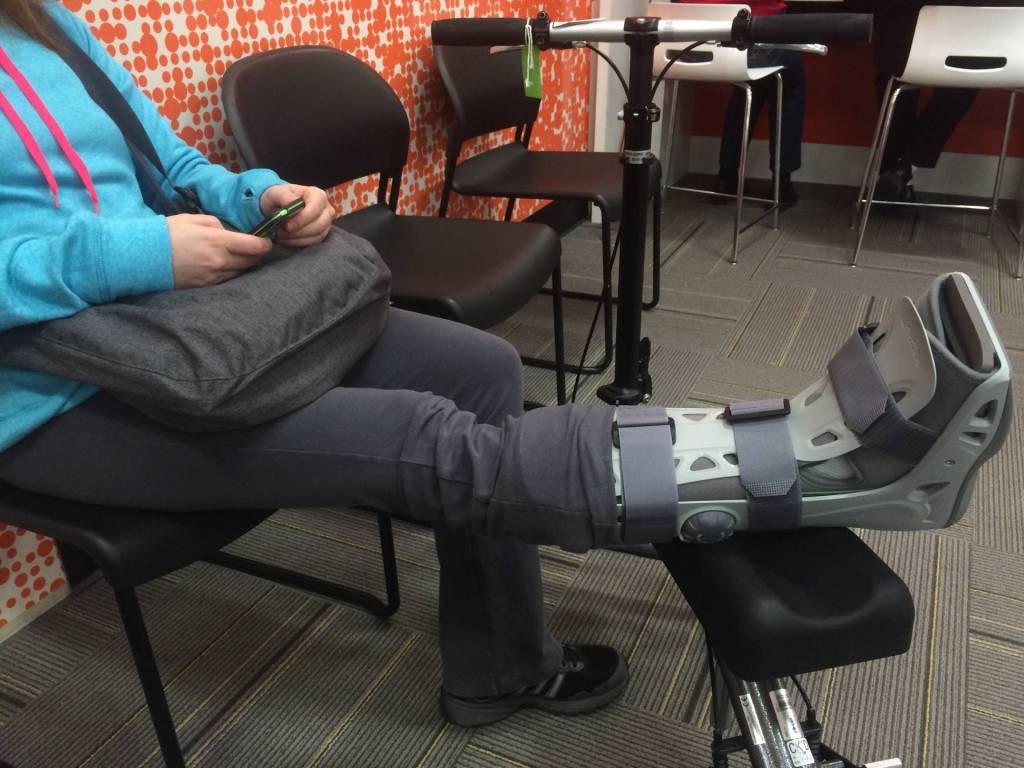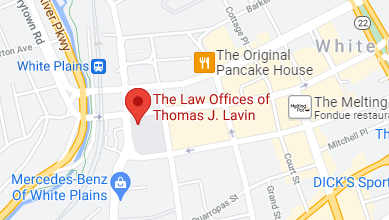Clergy sexual abuse has been a serious issue in churches across the world for a long time. This year’s surge of sexual harassment and abuse cases is encouraging people to take action against sexual misconduct in churches and religious centers, particularly those related to the Roman Catholic religion. Many of these sexual abuse stories involve minors.
In 2015, the Diocese of Duluth, Minnesota filed for bankruptcy after facing a verdict of over $8 million as the result of a sexual abuse lawsuit. Earlier this month, the Roman Catholic Diocese of Brooklyn released the names of eight former priests who have previously been removed from the Catholic Church because of sexual abuse.
Recent stories and settlements regarding sexual abuse by priests only uncover a fraction of the abuse that has occurred. Much of the secrecy of and unaccountability for clergy sexual abuse is the fault of organizations that consistently hide these crimes from the public.
Clergy Sexual Abuse in New York
Many of the recent clergy sexual abuse cases are connected to New York. The Diocese of Brooklyn released the names of eight former priests dismissed from their positions because of sexual abuse.
This diocese, with jurisdiction over Brooklyn and Queens, is an administrative organization for local Roman Catholic churches. Half of the offenders named were convicted of child sex abuse after leaving active ministry.
The other four have not been arrested for sexual abuse crimes, though this is not an indication that they haven’t committed these types of crimes since leaving the ministry.
Carolyn Erstad, a spokesperson for the Brooklyn diocese, offered an explanation for releasing the names of the former priests; the organization acted with the intention to protect children who could potentially be in danger by associating with these former priests.
She did not explain why the diocese did not release the names sooner. Most of the priests were removed from the Church before 2000. The representative also stated that the names of deceased priests guilty of sexual abuse would not be named as they are “no longer a threat” to children.
Many of the former priests could not be reached after the Diocese of Brooklyn posted its list, but the action did not go without consequence.
As a result of the diocese’s announcement, Arizona State University forced former priest James Lara to resign from his position as a professor.
Dismissed from the Church in 1992, Lara went on to work different positions in higher education as the diocese kept his secret from the public for 25 years.
Three victims are currently taking legal action against Lara, who abused them between the ages of 9 and 11. The New York Times reported that victims and their advocates have been tracking down and warning employers and others about Lara for years, including a former priest who warned the University of Notre Dame about Lara’s pedophilia and sexual abuse. ASU representatives did not respond to questions on whether they have known about his history of sexual abuse before the announcement.
One of the most notorious priests listed by the diocese is Romano Ferraro. The New York Times reported that after a four-year legal battle, a Miami court forced the Diocese of Brooklyn to release a 1,200-page personal file revealing Ferraro’s sexual abuse of young boys.
The documents indicate that the diocese knew of the former priest’s pedophilia since 1973. The release of the documents was the result of a civil suit regarding Ferraro’s sexual abuse of a boy in Key West, Florida in 1969.
Dismissed from the Church in 1988, Ferraro has been serving a lifelong sentence after his conviction for raping a boy in Massachusetts in the 1970s. His sentence began in 2004.
Representative Erstad from the Diocese of Brooklyn stated that the names of the former priests were passed to law enforcement “years ago,” even though the diocese only released the names publically this month. She did not specify which law enforcement agencies received the information or what resulted from the reports.
The extent of the information the organization reported to law enforcement is also uncertain. The representative stated that the diocese has routinely reported sexual abuse allegations since 2002, when the Roman Catholic Church passed national reforms to protect children.
The list posted by the Diocese of Brooklyn is a small step towards sexual abuse accountability and prevention, but the diocese, and other religious organizations, are facing deserved criticism. The list of former priests also reveals the secrecy surrounding clergy sexual abuse.
The diocese offered no explanation for releasing the names this year, even though many of the former priests were dismissed from ministry decades ago. The diocese, as well as other organizations, has been complicit in these crimes, and it has also failed to adequately warn others who were or may have been victims of sexual abuse.
Taking Action Against Clergy Sexual Abuse
Because of the secrecy of clergy sexual abuse, it can be difficult for victims to receive deserved legal justice. The time limit on initiating legal action, called a statute of limitations, for these crimes also makes prosecution for clergy sexual abuse unlikely.
Catholic bishops, as well as the Boy Scouts of America, are among those lobbying to maintain New York State’s statute of limitations policy, one of the strictest and most limiting in the country.
The state requires victims of molestation to pursue a legal or civil case before age 23. Because of this statute, many victims of clergy sexual abuse are unable to take legal action.
Many New York State lawmakers have been advocating for the reform of the statute of limitations on molestation for years, but their efforts have not yielded results. In June, John Flanagan, leader of the New York State Senate, announced that lawmakers would not vote on the Child Victims Act this year.
The Child Victims Act would extend the statute of limitations on these types of crimes. The bill had gone through many forms, but lawmakers have failed to pass the bill for over a decade. This lack of urgency makes it even more difficult for victims to seek legal justice.
A current version of the bill would allow child sexual abuse survivors to pursue civil cases until 50 years of age, instead of age 23. Victims would also be allowed to pursue felony sexual abuse cases until age 28.
Psychological trauma and current laws make it difficult for survivors to reveal their silent struggles with being sexually abused. Passing the Child Victims Act may encourage survivors of sexual abuse to reveal their suffering and being to heal.
With many examples of sexual misconduct in Hollywood, the media, politics, sports, and other settings, churches cannot ignore the pressure to address these crimes. Because of the current national discussion on sexual harassment and abuse, churches and religious organizations are quietly confronting clergy sexual abuse.
In June, the Diocese of Brooklyn created the Independent Reconciliation and Compensation Program, a program that would provide monetary compensation to victims who suffered sexual abuse by their clergy members.
As of this month, 214 victims have applied to the IRCP of the Diocese of Brooklyn. As more learn of the program, the number of settlements should grow.
One victim who received compensation from the Diocese of Brooklyn is Ricardo Gonzalez, who experienced psychological trauma and previously contemplated suicide as a result of the abuse he experienced by former priest James Lara. Other religious organizations are also beginning to create similar programs.
These compensation programs do not replace legal justice or legislative change regarding sexual abuse. While these programs provide compensation to victims, they also protect the abusers and religious organizations from accountability and public exposure.
The programs do not require the organizations to reveal the names of those involved in the abuse, and they also do not require the disclosure from the organizations of what they previously knew about or when they discovered the abuse.
The programs do not make dioceses or abusers account for their actions in the way a lawsuit would demand. If victims accept their compensation, they cannot pursue legal claims against the diocese in the future.
Programs like the IRCP perpetuate the secrecy around clergy sexual abuse and avoid accountability for these crimes. The programs could also be an avenue for victims whose allegations do not fall under New York’s strict statute of limitations.
Though compensation does not replace legal repercussion, nor does it remedy the lifelong damage victims may experience as a result of the sexual abuse, survivors may choose to pursue these programs.
Compensation may assist with possible medical or therapy bills that stem from the abuse. Victims should also not feel pressured to accept compensation should they pursue a settlement.
Many attorneys across the country are being contacted by victims of clergy sexual abuse, in part due to the large amount of sexual harassment and abuse cases emerging this year. The change in addressing sexual abuse is the result of legal efforts undertaken by the courage of the victims to “come out” together with their Bronx personal injury attorneys, who lead the charge into the legal battlefield.
Those seeking legal counsel regarding sexual abuse or harassment can contact the Law Offices of Thomas J. Lavin. Our offices can assist victims who wish to seek legal action, who are considering compensation programs, or those who need general advice regarding their sexual misconduct experiences.
With two offices in New York (Bronx and White Plains) and one in West Palm Beach, Florida, survivors can visit us for legal counsel. Call us at 800-394-4216 or contact us online for a free consultation.






